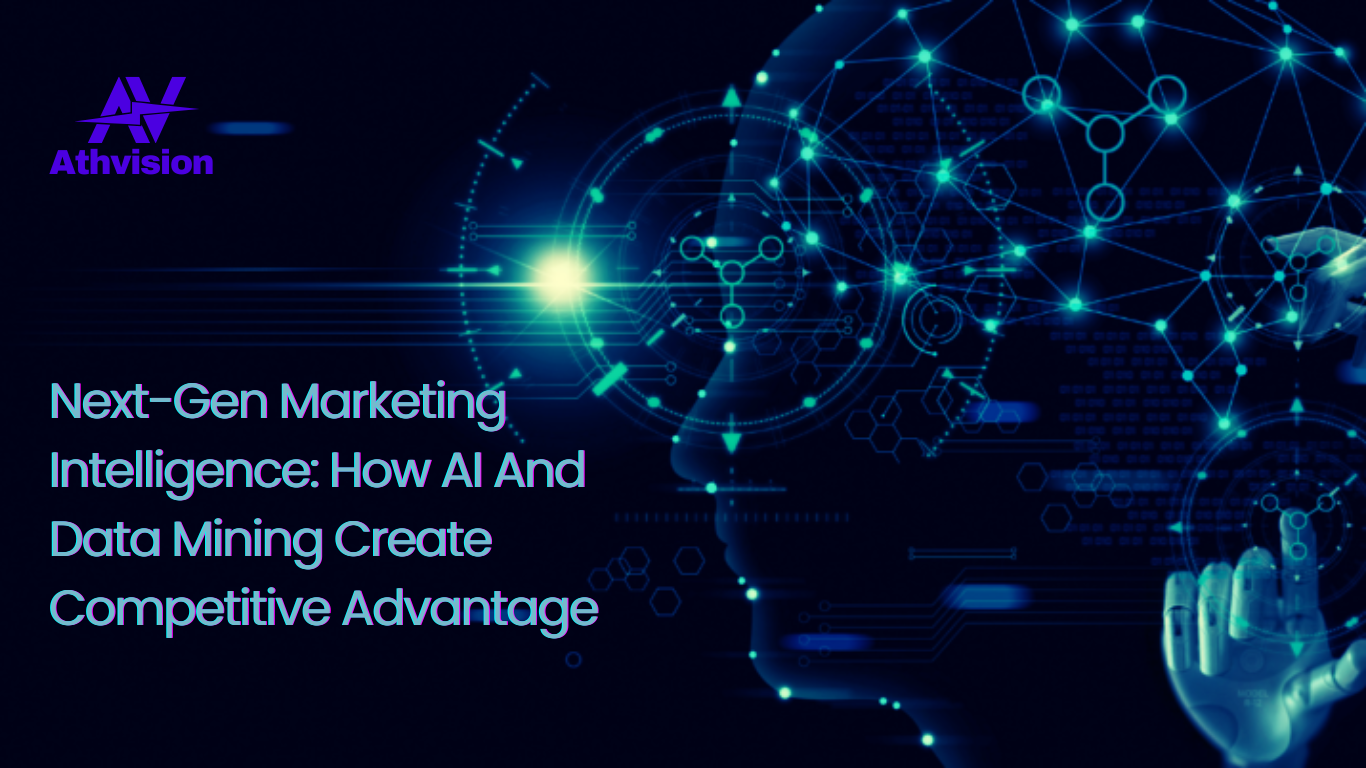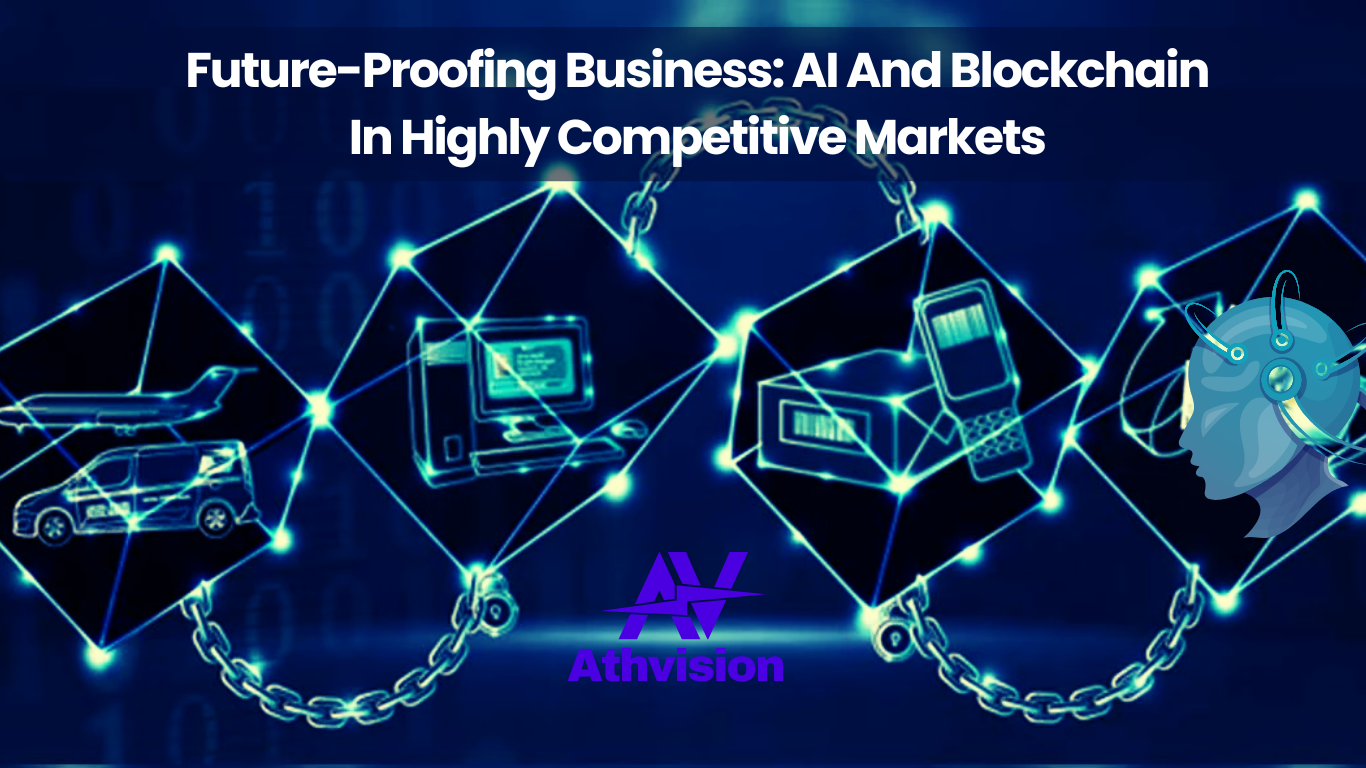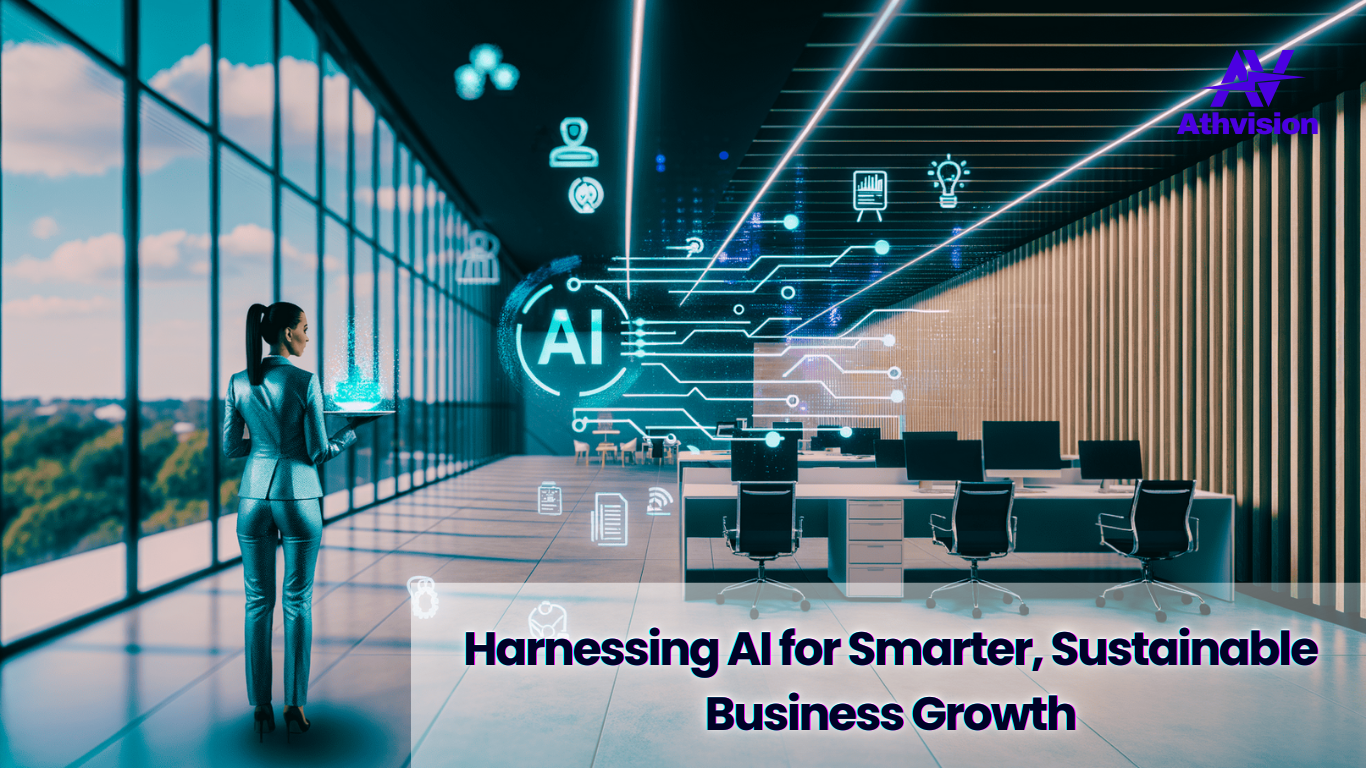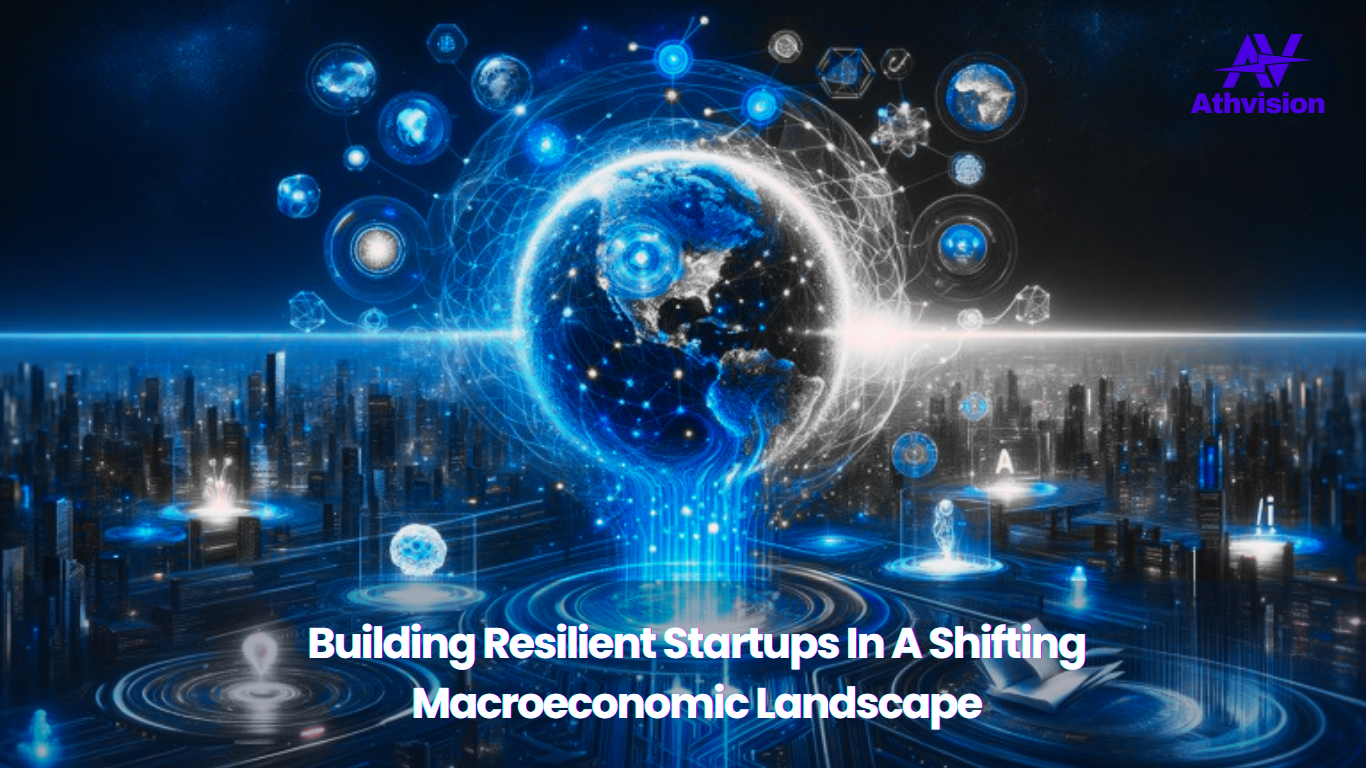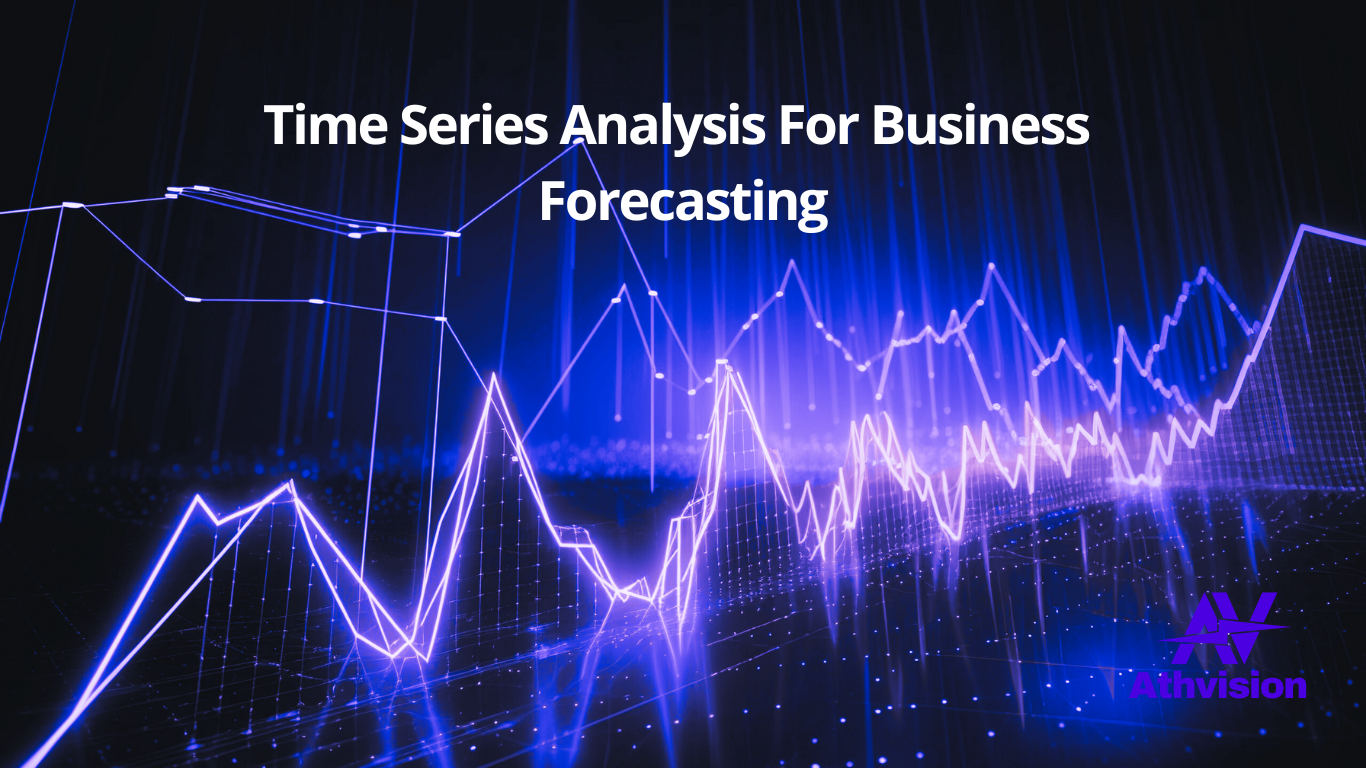The Dawn of Intelligent Marketing
Marketing intelligence, often misunderstood and undervalued, is the lifeblood of modern business strategy. In an era where data is the new oil, artificial intelligence (AI) is revolutionizing how businesses understand, engage with, and anticipate their markets.
AI-enhanced data mining has dismantled traditional barriers, unlocking unprecedented insights and operational efficiencies that were previously unimaginable. Companies that have embraced this transformation are not merely surviving , they’re thriving in a competitive landscape where speed, precision, and personalization are the new differentiators.
Failing to use AI-driven data mining is like choosing to sit out in marketing intelligence. Businesses clinging to old methods risk being overwhelmed by data without gaining insights.
What Is Marketing Intelligence?
Marketing intelligence refers to the systematic collection and analysis of data about market dynamics, consumer behavior, and competitor actions. It’s the compass that helps organizations navigate complex, ever-changing markets, empowering leaders to make data-driven decisions that yield real impact.
At its core, marketing intelligence answers three critical questions:
- Where are we now? – Understanding current market position.
- Where are we going? – Predicting trends and shifts.
- How do we get there? – Designing strategies that are both proactive and adaptive.
To illustrate this in action, consider Netflix. By analyzing millions of viewing patterns, feedback loops, and behavioral signals, Netflix doesn’t just recommend shows , it creates content based on predicted success. Series like Stranger Things and The Witcher weren’t accidents; they were data-informed masterpieces. Netflix’s ability to predict viewer preferences exemplifies marketing intelligence at its finest: turning vast data pools into actionable foresight.
Traditionally, marketing intelligence relied on surveys, focus groups, and manual analysis , methods too slow for today’s high-velocity digital environment. As data sources exploded ,from e-commerce to IoT, it became clear that marketing needed automation, precision, and adaptability. This is where AI-enhanced data mining made its debut.
The Role of Data Mining in Marketing Intelligence
Data mining is the process of discovering patterns, correlations, and anomalies within large datasets to inform business decisions. It’s the backbone of marketing intelligence, turning raw information into strategic insight.
Think of data mining as a digital gold rush. Buried beneath terabytes of data are nuggets of information, hidden trends that reveal who your customers are, what they want, and when they want it.
For example, Walmart employs advanced data mining to monitor purchasing patterns across its global network. By analyzing real-time sales and regional trends, Walmart predicts demand fluctuations, optimizing inventory levels and logistics. When storms are forecasted, for instance, data mining algorithms automatically increase stock of flashlights and bottled water, a decision made not by instinct, but by insight.
However, traditional data mining faces limitations. The scale and complexity of modern data , spanning structured and unstructured formats, exceed human capacity. AI overcomes these challenges.
How AI Is Transforming Data Mining
Artificial Intelligence (AI) has completely revolutionized the landscape of data mining, elevating it from a manual, reactive process to an autonomous, predictive, and adaptive system. What used to be a tedious, resource-intensive task of sifting through mountains of data has become an intelligent, continuous process powered by machine learning (ML), deep learning (DL), and natural language processing (NLP). These technologies work together to uncover patterns invisible to human analysts—at a speed and scale no human team could ever hope to match.
1. Automation and Speed
In traditional data mining, analysts manually clean, organize, and interpret data, a process that could take weeks or even months. Today, AI algorithms can analyze billions of data points in real-time, identifying trends and actionable insights the moment they emerge. This automation enables marketers to act instantly, whether it’s optimizing ad campaigns, adjusting pricing strategies, or identifying a sudden shift in customer behavior.
For instance, AI-powered analytics tools can detect a spike in social media conversations about a competitor within seconds, prompting a company to respond with targeted messaging or promotional offers. What once required massive teams and long turnaround times can now be achieved within hours, giving businesses a crucial competitive edge in fast-moving markets.
2. Accuracy and Depth
AI doesn’t just process data faster, it processes it smarter. Unlike static statistical models that rely on fixed parameters, AI systems are dynamic and self-improving. Every new dataset, customer interaction, or user query feeds the machine learning model, helping it learn and refine its understanding over time.
This continuous learning translates into greater accuracy and depth of insight. For example, AI-driven sentiment analysis tools can evaluate millions of online reviews, comments, or tweets to gauge how the public feels about a product or brand. Instead of just labeling a sentiment as “positive” or “negative,” advanced NLP models can detect nuanced emotions, like frustration masked by politeness or enthusiasm hidden behind sarcasm.
These real-time, high-precision insights allow marketers to anticipate sentiment shifts before a PR crisis occurs or before consumer interest starts to wane. In industries where reputation moves markets, this predictive capability can make or break a brand.
3. Personalization at Scale
Perhaps the most transformative impact of AI-enhanced data mining lies in hyper-personalization, the ability to tailor experiences for every individual user, not just broad demographic segments.
AI doesn’t simply analyze user behavior; it understands the context behind it. By decoding intent, preferences, and even emotional cues, AI allows companies to deliver the right message, product, or content at the right moment.
Take Spotify’s “Discover Weekly” playlist as an example. Behind the scenes, AI analyzes billions of listening patterns, comparing them across global user behavior to predict what each listener might enjoy next. Similarly, Amazon’s recommendation engine uses AI-driven data mining to anticipate what customers might want based on purchase history, search behavior, and contextual signals, resulting in a personalized shopping journey that feels intuitive and relevant.
This level of personalization doesn’t just enhance user experience, it drives loyalty, engagement, and conversion. In an era where consumers expect brands to know them individually, AI-powered data mining delivers personalization at a scale once thought impossible.
In essence, AI has transformed data mining from a backward-looking activity into a forward-looking engine of innovation. Businesses no longer just ask, “What happened?”, they can now predict “What will happen next?” and even “What should we do about it?”.
By combining automation, precision, and personalization, AI-enhanced data mining has become the cornerstone of modern marketing intelligence, powering the insights that define the leaders of tomorrow.
The Power of AI-Enhanced Data Mining in Marketing
AI data mining doesn’t just process data , it redefines how marketing intelligence operates. Here’s how it transforms every layer of strategy:
1. Predictive Customer Analytics
AI models forecast consumer actions with remarkable precision:
- Who is most likely to churn?
- Which products will trend next month?
- What price point triggers conversions?
Retailers like Amazon and Netflix rely heavily on these predictions to stay one step ahead, turning customer behavior into business foresight.
2. Sentiment and Emotion Analysis
Modern marketing is as emotional as it is analytical. AI-driven NLP tools analyze language tone, emotion, and sentiment across millions of posts and reviews , providing instant feedback loops. Coca-Cola, for instance, uses sentiment mining to track campaign impact and adjust messaging dynamically.
3. Dynamic Pricing and Offer Optimization
AI enables adaptive pricing based on demand, competitor activity, and individual purchasing behavior. Airlines, ride-sharing apps, and online marketplaces use dynamic models to maintain competitiveness and maximize margins.
4. Marketing Automation and AI-Powered Decisioning
Platforms like HubSpot, Salesforce Einstein, and Adobe Sensei now integrate AI to automate:
- Ad spend allocation
- Lead scoring
- Email targeting
- Content scheduling
This automation turns marketing intelligence into a living system, continuously learning, optimizing, and improving performance in real time.
Benefits of AI-Enhanced Data Mining
AI-enhanced data mining is transforming how organizations understand markets, customers, and competition. By merging automation with intelligence, it unlocks efficiency, accuracy, and foresight at an entirely new level. Below are the key advantages reshaping the landscape of marketing intelligence and business strategy.
1. Speed and Scalability
AI operates at a pace no human team can match. Advanced algorithms can process and analyze terabytes of data within seconds, turning raw information into actionable insights in real time. This capability empowers businesses to make data-driven decisions instantly, a critical advantage in fast-moving markets where timing determines success.
For instance, AI-driven analytics can track real-time sales fluctuations or social media sentiment during a product launch, allowing marketers to pivot campaigns instantly for maximum impact. Scalability also means that as data grows exponentially, AI systems adapt seamlessly, handling complexity without sacrificing performance.
2. Precision and Accuracy
Human analysts are prone to bias and fatigue, but machine learning thrives on consistency. AI ensures unbiased, repeatable, and highly precise results, minimizing human error in data interpretation. Unlike traditional models that rely on static rules, AI continuously learns from new inputs, improving accuracy with every cycle.
The outcome? Sharper insights and more reliable forecasting. Whether predicting customer churn or identifying the most profitable marketing channels, AI delivers a level of analytical precision that redefines confidence in decision-making.
3. Hidden Insights and Deep Pattern Recognition
AI doesn’t just confirm what’s already known, it discovers what others can’t see. Its ability to detect non-linear relationships and subtle correlations allows businesses to identify hidden opportunities, such as unexpected product pairings, emerging customer segments, or untapped market gaps.
For example, an AI model analyzing e-commerce data might uncover that customers who purchase eco-friendly cleaning products are also likely to buy reusable packaging materials—insights that can shape smarter cross-selling strategies. These connections, invisible through conventional analysis, are the golden nuggets of AI-enhanced data mining.
4. Predictive Foresight
One of AI’s most valuable contributions is its predictive power. Through advanced analytics, AI doesn’t just describe what has happened, it forecasts what will happen next. Predictive modeling enables businesses to anticipate customer needs, optimize campaigns before performance dips, and reduce churn by identifying early warning signals.
Imagine a subscription-based company using AI to predict which customers are at risk of canceling, then automatically launching retention campaigns tailored to their behavior. This proactive approach transforms marketing from reactive to strategic, maximizing both retention and profitability.
5. Cost Efficiency and ROI Acceleration
AI not only boosts performance, it cuts costs dramatically. By automating repetitive tasks like data cleaning, segmentation, and reporting, companies can operate leaner analytics teams while achieving greater output. This streamlining translates into faster ROI, as insights are delivered quickly and decisions are executed without delay.
Moreover, AI tools are becoming increasingly accessible, meaning even small and mid-sized businesses can leverage enterprise-grade intelligence without massive infrastructure investments. Efficiency, scalability, and automation combine to create a high-impact, low-cost advantage.
As Sarah Jenkins, a marketing intelligence consultant, aptly notes:
“Invest in AI tools that integrate with your existing systems and offer intuitive interfaces. The goal isn’t complexity, it’s clarity. The right AI should make insights simpler, not harder, to act on.”
AI-enhanced data mining is not just a technological upgrade, it’s a strategic revolution. It empowers businesses to move faster, think smarter, and act with confidence, turning raw data into a powerful engine of growth and innovation.
Challenges in Implementing AI Data Mining
While AI-enhanced data mining holds tremendous potential, implementing it effectively presents a set of challenges that organizations must confront head-on. From data governance to organizational readiness, these hurdles require not just technology, but thoughtful strategy, leadership, and ethics.
1. Data Privacy and Ethical Responsibility
With great data comes great responsibility. As businesses harness AI to process vast amounts of customer information, data privacy and ethical handling become non-negotiable. Global regulations like the GDPR (General Data Protection Regulation), CCPA, and other emerging privacy frameworks impose strict guidelines on how data is collected, stored, and used.
Organizations must ensure that data consent, anonymization, and transparency are built into every step of their analytics pipeline. Beyond compliance, consumers today expect honesty, knowing how their information is used and protected influences brand loyalty.
An ethical AI framework is not just good governance, it’s a competitive differentiator. Companies that communicate openly about data use and maintain transparent AI practices will earn greater trust and long-term customer relationships.
2. Algorithmic Bias and Fairness
AI systems are only as fair as the data that trains them. If historical data reflects societal or organizational biases, those same biases can be amplified in AI-driven decisions, resulting in skewed targeting, unfair recommendations, or discriminatory outcomes.
For instance, a biased training dataset might cause an AI model to favor one demographic over another in ad placements or product recommendations. To mitigate this, businesses must continuously audit algorithms, use diverse and representative data, and employ explainable AI (XAI) frameworks that make decision-making transparent.
Bias isn’t just a technical issue, it’s a reputational and ethical one. Responsible AI governance ensures that marketing intelligence serves everyone fairly, reinforcing credibility and trust.
3. Integration and Data Silos
Many organizations still struggle with fragmented data systems. Marketing, sales, customer service, and operations often operate on separate platforms that don’t communicate seamlessly. This isolation prevents the creation of a unified customer view, limiting the effectiveness of AI analytics.
Successful AI data mining requires end-to-end integration, where structured and unstructured data flow freely across departments. Cloud-based ecosystems, API-driven architectures, and data lakes can help unify disparate sources, allowing AI models to uncover insights across the entire business landscape.
The companies that succeed are those that treat integration not as a tech project, but as a strategic transformation, aligning people, processes, and platforms toward a shared intelligence goal.
4. Skill Gaps and Organizational Readiness
AI-driven marketing intelligence demands more than advanced tools, it requires skilled talent capable of understanding and leveraging them effectively. Data scientists, machine learning engineers, and analytics specialists are in high demand, yet remain scarce in many industries.
However, the challenge extends beyond technical expertise. For AI to deliver its full potential, AI literacy must spread across the organization, from executives who champion data strategy to marketers who interpret AI-driven insights.
Businesses should prioritize training, cross-functional collaboration, and upskilling initiatives that empower teams to understand, trust, and apply AI insights effectively. The organizations that invest in talent today will define the competitive landscape tomorrow.
Implementing AI-enhanced data mining is a journey of alignment, between technology, ethics, and people. Overcoming challenges in privacy, bias, integration, and skills isn’t merely about problem-solving; it’s about building a resilient and intelligent organization prepared for the data-driven future.
By embracing transparency, diversity, and education, businesses can turn these challenges into opportunities, transforming AI from a complex tool into a trusted partner in marketing intelligence.
AI-Enhanced Data Mining in Action: Industry Use Cases
1. Retail: Walmart’s Data-Driven Operations
Walmart’s AI systems process trillions of transactions to predict customer needs, optimize inventory, and personalize online experiences, turning scale into intelligence.
2. Finance: Uniswap and AI for Market Forecasting
DeFi platforms like Uniswap integrate AI analytics to monitor liquidity patterns and predict token behavior, enhancing transparency and trader confidence.
3. Media: Netflix and Content Prediction
Netflix’s AI-driven recommendation engine increases engagement by over 75%, showing how predictive analytics directly shapes customer loyalty.
4. Automotive: Predictive Maintenance
Automakers use AI-enhanced data mining to anticipate mechanical failures, improving customer satisfaction while reducing warranty costs.
The Future of AI-Driven Marketing Intelligence
The evolution of marketing intelligence is entering a defining chapter, one driven by artificial intelligence, real-time data, and decentralized technologies. The synergy between AI and data mining is no longer about incremental improvement; it’s about revolutionizing how businesses perceive, predict, and personalize customer experiences.
As digital ecosystems expand and consumer expectations evolve, the next wave of AI-driven marketing intelligence will reshape the rules across four transformative dimensions:
1. From Predictive to Generative Intelligence
The leap from predictive analytics to generative intelligence marks a paradigm shift in marketing. Traditional predictive models focus on forecasting customer behavior, what someone might buy, when, and why. Generative AI, however, creates in response to those insights.
Imagine an AI system that doesn’t just predict what content a customer might like, but automatically writes, designs, and delivers that content in real time. It could generate ad copy tailored to a user’s tone preference, design visuals based on previous engagement data, or even conceptualize new products inspired by emerging consumer needs.
Brands like Coca-Cola and Nike are already experimenting with AI-generated campaigns, where machine creativity blends with human strategy to produce hyper-personalized marketing at scale. This is the frontier of marketing intelligence, where creativity becomes data-driven and data becomes creative.
2. Integration with Web3 and Blockchain
As Web3 reshapes the digital economy, data ownership and transparency are undergoing a massive transformation. In this new decentralized landscape, consumers control their own data, deciding when and how it’s shared, and even monetizing it directly through blockchain-secured exchanges.
AI plays a vital role in this ecosystem by ensuring privacy-preserving analytics. Techniques like federated learning allow AI models to analyze encrypted data without ever exposing the underlying personal information. This creates a world where personalization and privacy coexist.
Businesses will need to rethink how they collect and use data. Instead of relying on intrusive tracking, they’ll collaborate with users through tokenized incentives, rewarding participation in a transparent, decentralized data economy. The fusion of AI, blockchain, and Web3 thus creates a marketing landscape rooted in trust, ownership, and ethical value exchange.
3. Real-Time, Cross-Channel Intelligence
The future of marketing intelligence is always-on and omnichannel. AI systems will seamlessly merge data from diverse touchpoints, brick-and-mortar stores, websites, mobile apps, smart speakers, IoT devices, and even wearables,to form a continuous understanding of customer behavior.
Picture this: a customer browses a product in-store, later searches for it online, and receives a voice recommendation from their AI assistant the next morning, each interaction connected through real-time data mining. This level of integration transforms fragmented interactions into cohesive customer journeys.
Through continuous learning, AI systems will anticipate intent before it’s expressed—detecting mood through tone, interest through micro-behaviors, and readiness to purchase through contextual cues. The result is an ecosystem of instant responsiveness, where marketing becomes as dynamic and adaptive as the customers it serves.
4. Ethical and Sustainable AI
As AI’s influence expands, responsible innovation will take center stage. The marketing world is moving beyond speed and scale to embrace ethics, transparency, and sustainability.
Ethical AI ensures that models are explainable, unbiased, and human-centric. Businesses will prioritize AI governance frameworks that monitor data sources, ensure diversity in datasets, and make algorithmic decisions interpretable for both regulators and users.
On the sustainability front, as AI systems become more energy-intensive, companies will focus on developing green AI architectures, models optimized for lower computational power and carbon footprint. Ethical and sustainable AI isn’t just a compliance requirement, it’s a brand value. Consumers are increasingly loyal to businesses that innovate responsibly and align with their social and environmental values.
Conclusion: From Insight to Foresight
AI-enhanced data mining isn’t just redefining marketing intelligence, it’s reshaping the very foundation of strategic decision-making. What was once descriptive (analyzing what happened) and predictive (forecasting what will happen) is now becoming proactive and generative, shaping what could happen next.
It’s no longer about collecting data; it’s about making data speak, turning noise into knowledge, and knowledge into foresight. Businesses that embrace this transformation will move from reacting to market trends to orchestrating them.
The future of marketing intelligence lies in agility, personalization, and ethical foresight. By combining AI’s analytical power with blockchain’s transparency and Web3’s empowerment, forward-thinking brands will create ecosystems of trust, intelligence, and innovation.
For founders, executives, and innovators in 2025 and beyond, the message is unmistakable:
Harness AI to turn data into strategy, or risk being left behind.

